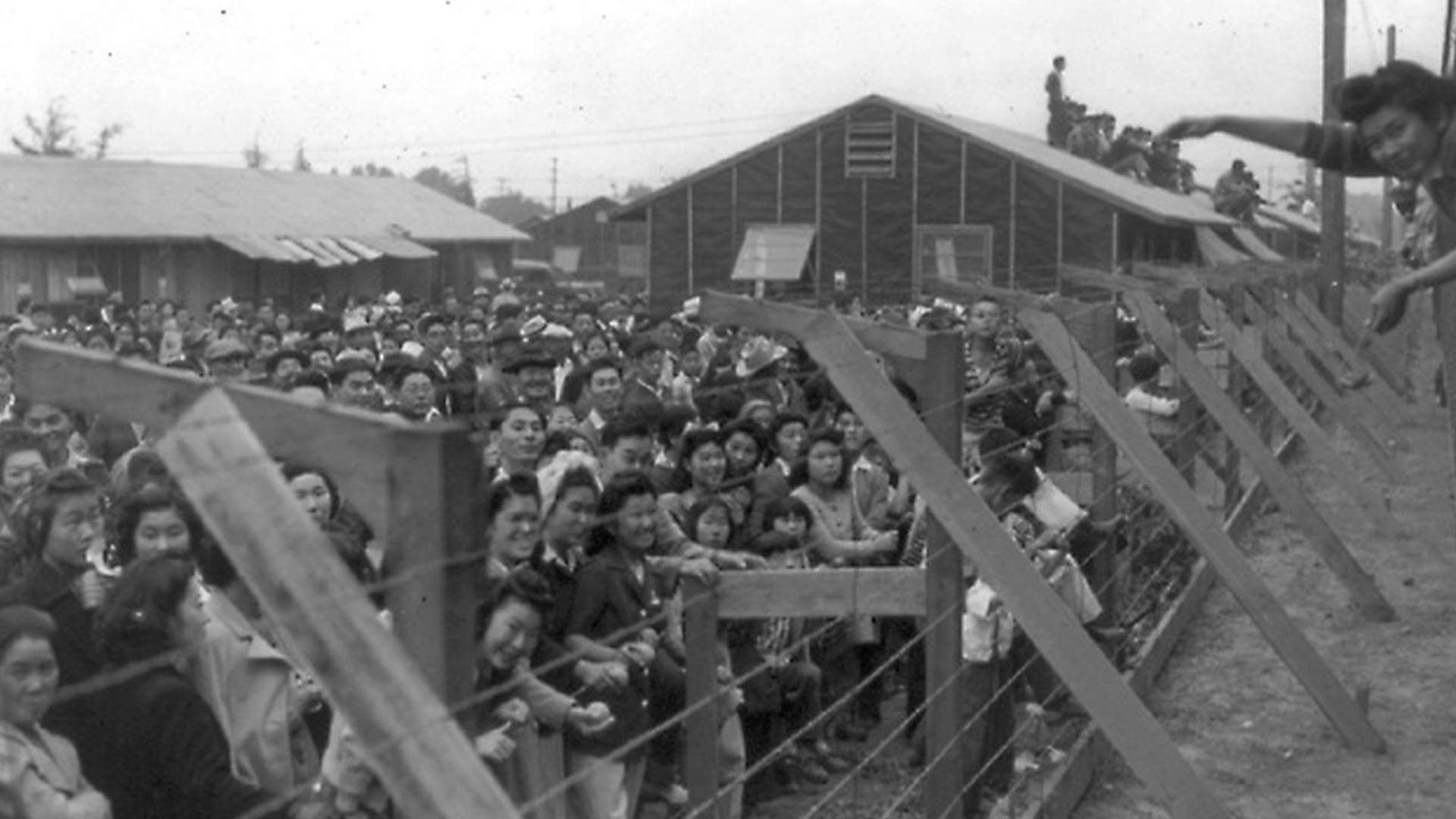
American concentration camps during WWII, the other side of persecution
Holocaust Memorial Day (HMD) is the anniversary of the liberation of Auschwitz concentration camp by the Soviet Army in 1945, and it’s also the occasion for remembering the victims of Nazi Persecution, at least for one day in a year. Pequod Rivista would like to delve deeper into the matter of concentration camps crossing the Atlantic Ocean to report a quite underrated fact, the existence of American concentration camps during World War II.
After December 7, 1941 the position of the United States about WWII changed, as a consequence of the unexpected Japanese aircraft attacks on the US Pacific Fleet at Pearl Harbor in Hawaii. American reaction was as harsh as such an unfair attack had been – in facts, Japanese hadn’t declared war to US and Pearl Harbor events came just out of the blue. Not only did American government decide to enter WWII after that tragic event, but also it established the building of several concentration camps for Japanese-Americans in the western part of United States.
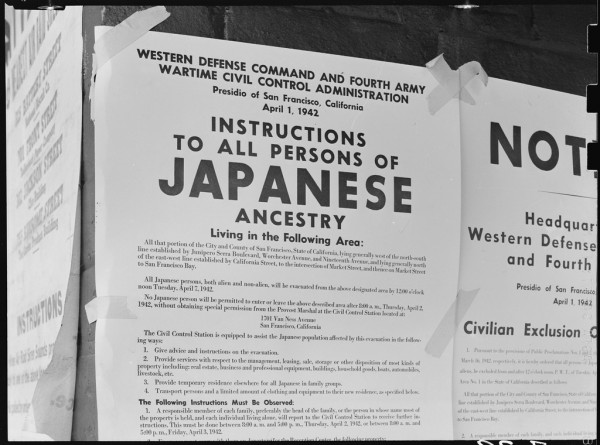
After the bombing, President Franklin Roosevelt authorized to incarcerate 120,000 Japanese-Americans, both adults and children (referred to as “Nisei”, term indicating Japanese immigrants’ children in USA), with no distinction between immigrants and citizens. According to Executive Order 9066 (link) and to Public Law 503 (link) the US government gave the Army the power to exclude Japanese-Americans from American society in case of “military necessity”. Later, from February 1942, people of Japanese ancestry were forced to move from the West Coast to the inland western states. The aim was preventing Japanese-Americans from sabotaging and spying on the US affairs in favor of their home country.

The War Relocation Authority (WRA) tried to run camps as small cities, where the Japanese-American inmates could go to school, do recreational activities and go to the market, even hold elections for self-government. Located in the desolate desert, the internment camps were shaped as blocks of wooden barracks with communal bathrooms, laundry facilities and dining halls, surrounded by barbed wire fences along the perimeter and by watching towers overlooking the inmates.
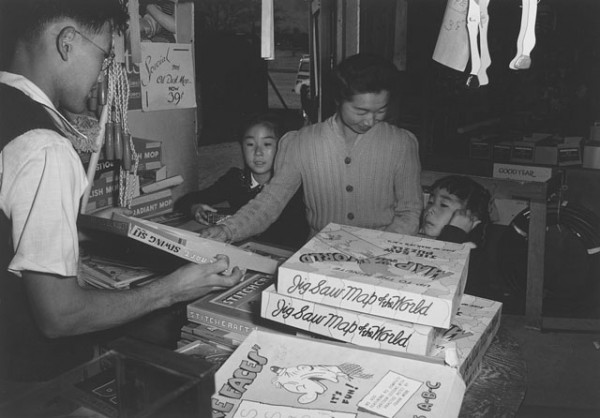
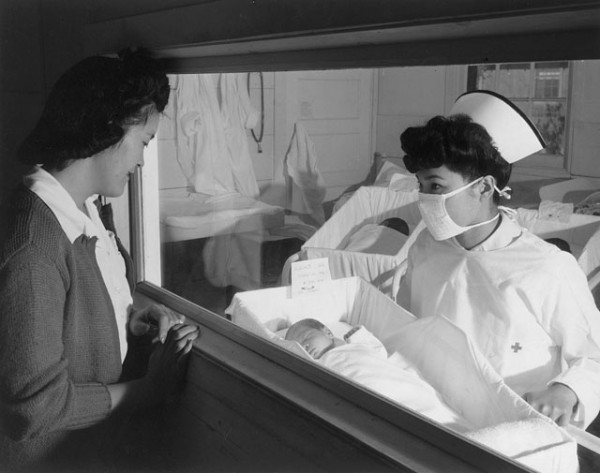
At the end of 1942, a feeling of unrest among the inmates was animating the camps. The WAR circulated a questionnaire in order to figure out how many of those Japanese-Americans were loyal or disloyal toward United States. Those who proved to be loyal could leave the camps but were forced to enlist. In 1944 the government started drafting men from the internment camps. Most of them seized the moment, as it was the only way to restore their honor, but 300 of them strongly refused to fight for a country that had ignored and cancelled their civil rights.
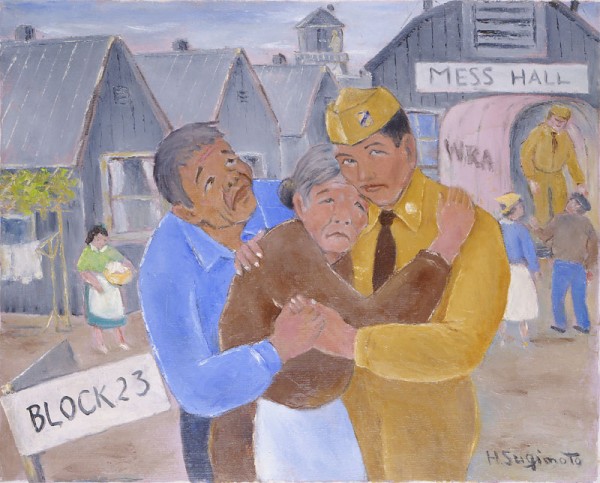
With the end of the war, all the concentration camps were quickly closed, with the exception of Tula Lake, and the Japanese-Americans started to go back home, trying to integrate themselves again within the American society. Once they were back their lives were all but easy. On one hand, those who went back to the city found it hard to find accommodation and job; on the other, people who had come from the countryside found out that they had lost their farm and had to start again as farmers.
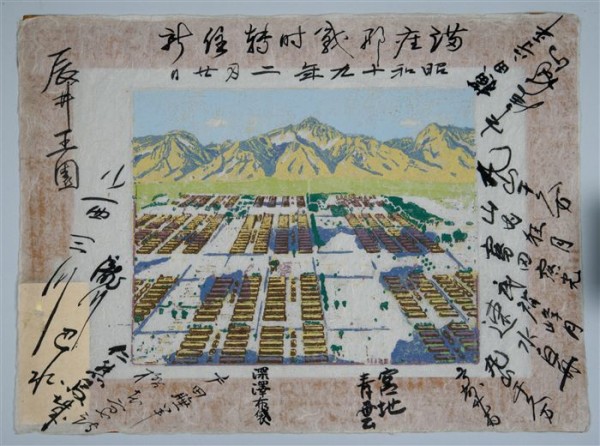
Only in 1988 the US government officially apologized for the “grave injustice” done to Japanese people during the war. Actually, also in the immediate postwar many Americans had recognized the injustices of the wartime. Nowadays it’s really important to remember and to understand what happened during WWII in the United States, especially considering the contemporary issues connected to terrorist threats. The diffused opinion that governments are allowed to overpass civil liberties in the name of public safety should consider how dangerous some decisions might be, remembering that in the past many innocents lost their lives and their freedom only because of blind fear of the unexpected and of the unknown.
Ansel Adams, concentration camp, featured, japanese, Japanese-American, memoria, Memoria1, Nisei, Pearl Harbor, Roosevelt, Tula Lake, usa, WRA, WWII